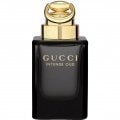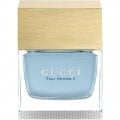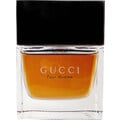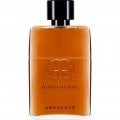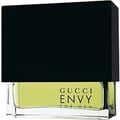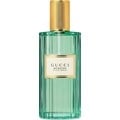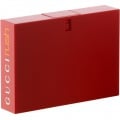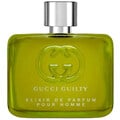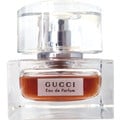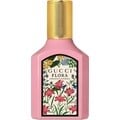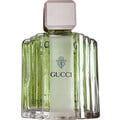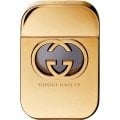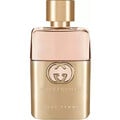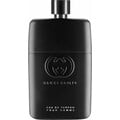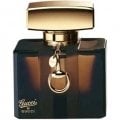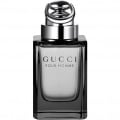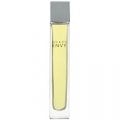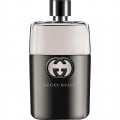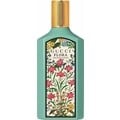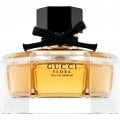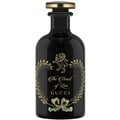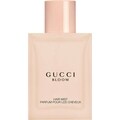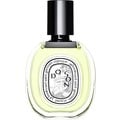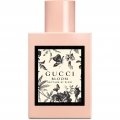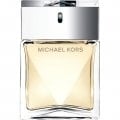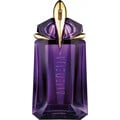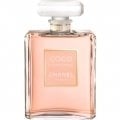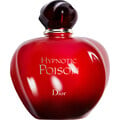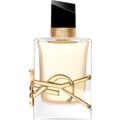06/08/2019

Rosaviola
75 Reviews
Translated
Show original

Rosaviola
Top Review
21
Modern floral scent
I got Gucci Bloom for Christmas 2017 from my dear daughter.
Actually, I'm always looking for vintage fragrances, but I can't expect my family to give me such fragrances. You have to know a little bit about that and they don't.
So before Christmas I always make a small list with fragrances, new releases or classics that you could give me.
And Bloom was certainly a good choice.
I perceive Bloom as a modern, soft, pleasant floral scent. It is modern because the floral appears delicate and balanced. The flowers are present but not killing.
It used to be different, the scent of flowers often meant that you had the feeling of sticking your nose into a lush bouquet of flowers.
Of course you can see the tuberose here, here soft and not too intense and a little bit of jasmine balanced.
I don't know Ragunschlinger, so I don't know how it smells and can't judge how strongly it influences the scent. After that, I had to google.
It is also known as "chinese honeysuckle" and is a tropical climbing plant found in South and Southeast Asia.
Of course it is not comparable with the flower bombs from the eighties and nineties but that's okay so.
I think it's a beautiful, modern, delicate, contemporary floral scent. It could last a little longer, but even there I am too much influenced by the eighties, where a scent loosely lasted 10 hours without getting very close. But nowadays you have to be happy if a fragrance lasts 4 hours.
A good gift and one of the better new releases of recent years.
Actually, I'm always looking for vintage fragrances, but I can't expect my family to give me such fragrances. You have to know a little bit about that and they don't.
So before Christmas I always make a small list with fragrances, new releases or classics that you could give me.
And Bloom was certainly a good choice.
I perceive Bloom as a modern, soft, pleasant floral scent. It is modern because the floral appears delicate and balanced. The flowers are present but not killing.
It used to be different, the scent of flowers often meant that you had the feeling of sticking your nose into a lush bouquet of flowers.
Of course you can see the tuberose here, here soft and not too intense and a little bit of jasmine balanced.
I don't know Ragunschlinger, so I don't know how it smells and can't judge how strongly it influences the scent. After that, I had to google.
It is also known as "chinese honeysuckle" and is a tropical climbing plant found in South and Southeast Asia.
Of course it is not comparable with the flower bombs from the eighties and nineties but that's okay so.
I think it's a beautiful, modern, delicate, contemporary floral scent. It could last a little longer, but even there I am too much influenced by the eighties, where a scent loosely lasted 10 hours without getting very close. But nowadays you have to be happy if a fragrance lasts 4 hours.
A good gift and one of the better new releases of recent years.
4 Comments

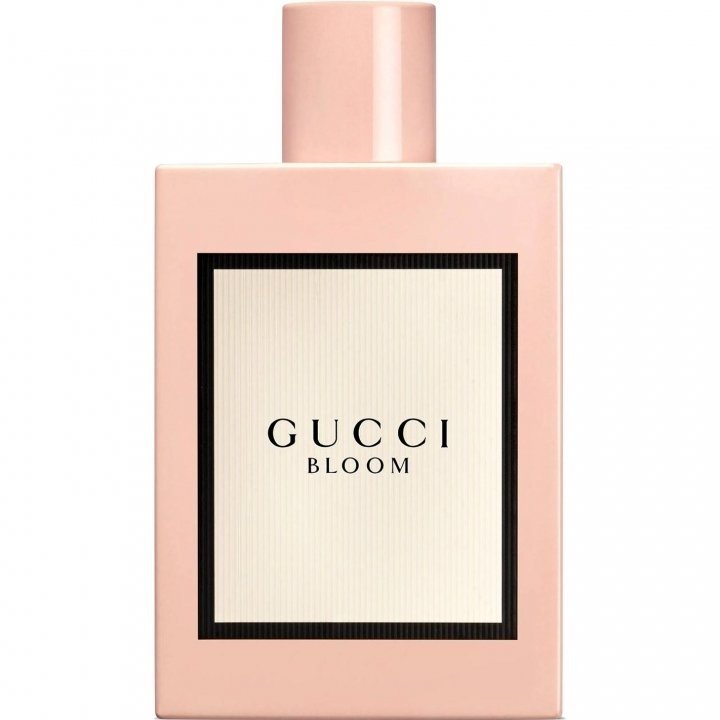



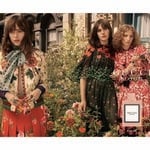
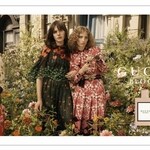












 Roreads
Roreads GeorgeReid
GeorgeReid Scentwitch
Scentwitch GreMuser
GreMuser Katzevogel
Katzevogel